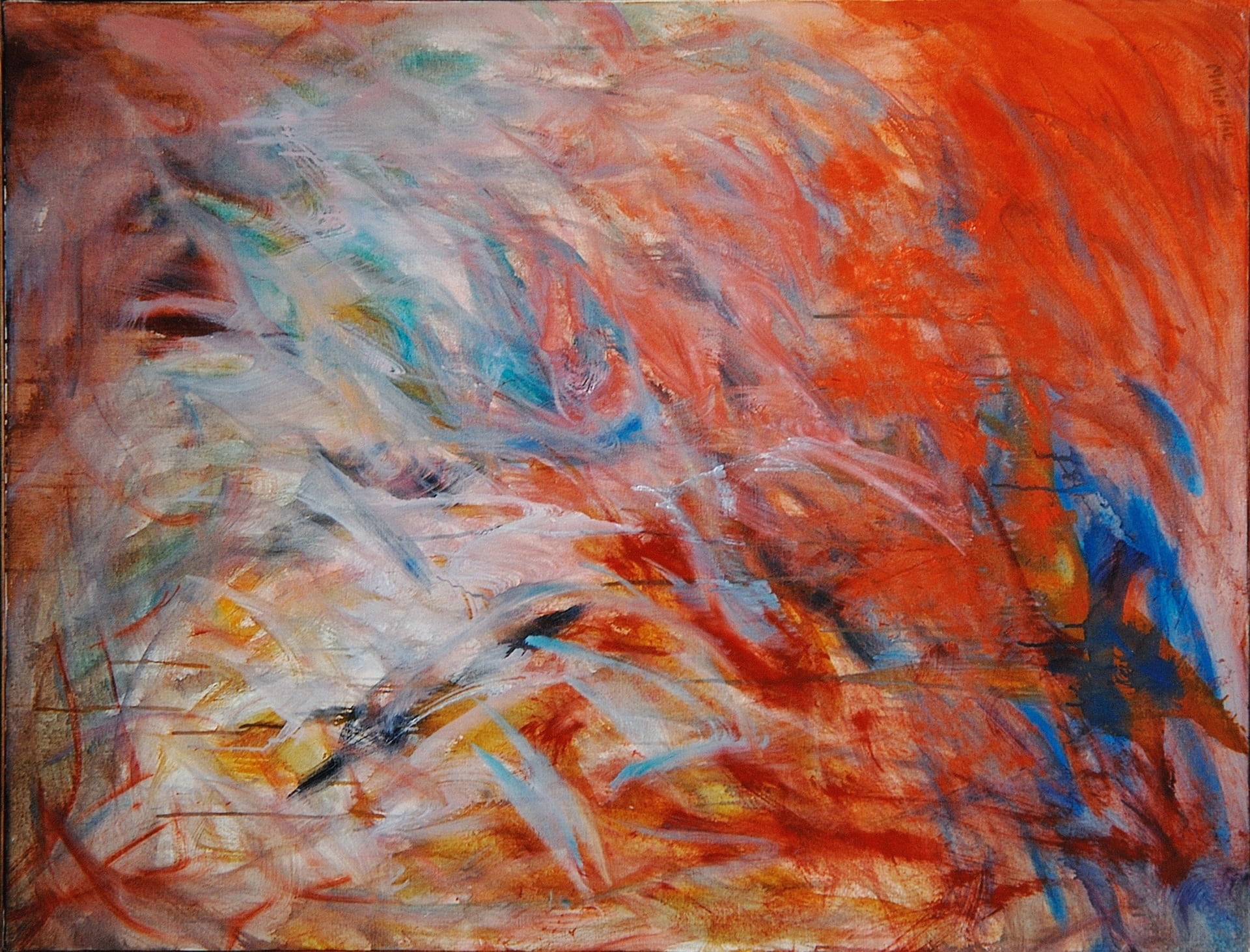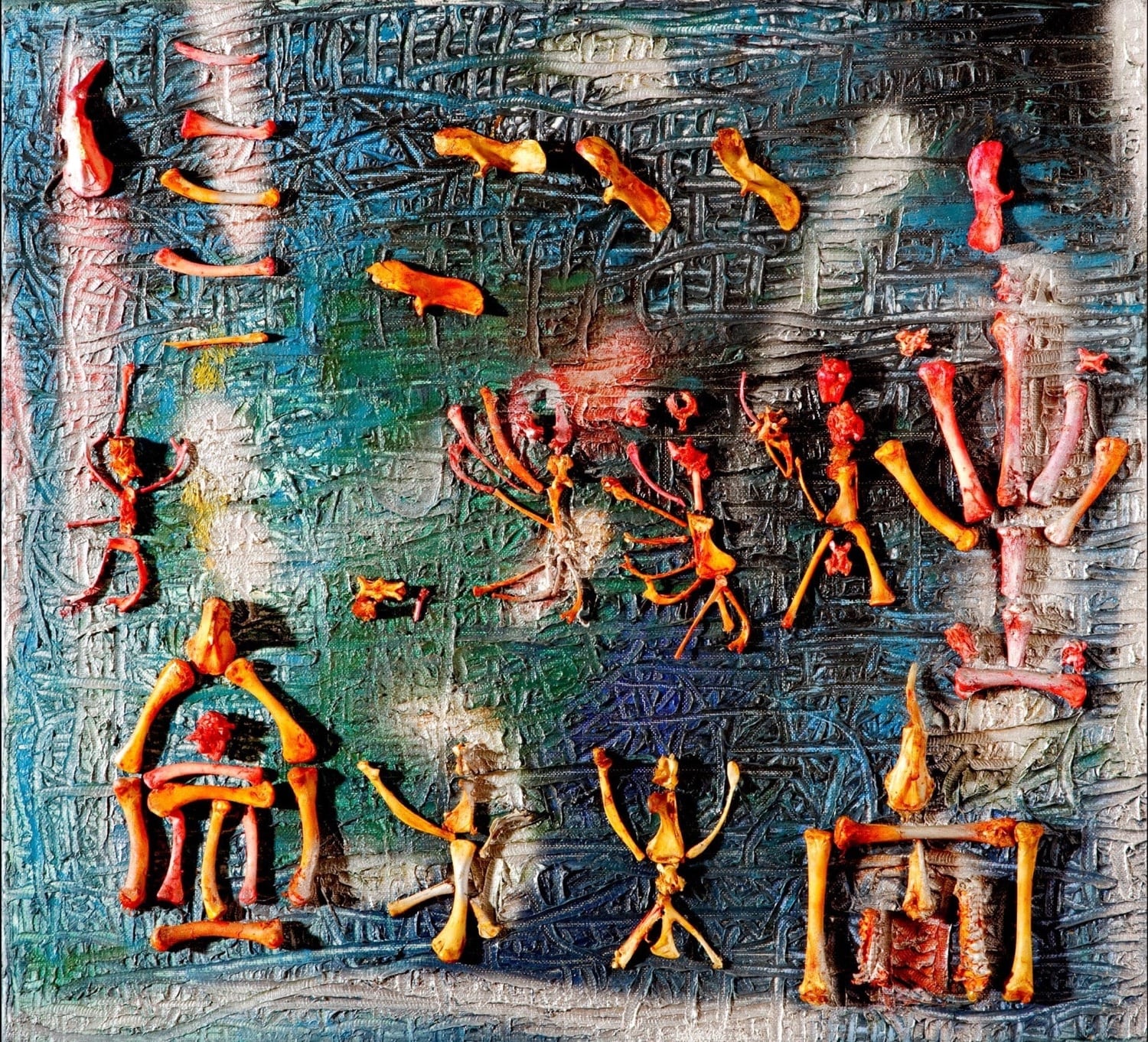27 March 2016
A firm believer in the idea that a collection needs to be upheld at least by four generations and comparing this continuity to a relay race, Nahit Kabakcı began creating the Huma Kabakcı Collection from the 1980s onwards. Today, the collection can be considered one of the most important and outstanding examples among the rare, consciously created, and long-lasting ones of its kind in Turkey.
Apart from the logic of creating the Huma Kabakcı Collection, its evolution/growth over time, and its subjectivity, the exhibition was designed by keeping in mind its structure, reviewed and changed from time to time, with both objectivity and an art historical subjectivity. The selection was thus shaped thematically by bringing to fore the common and diverging points of the two generations by which the collection has been sustained.
In addition the contributions the two consecutive generations made towards the collection, the selection also seeks to demonstrate the integrity of ideas inherent to the entirety of the collection and the transformations it has undergone.
Fourth section of the exhibition is “Modernity: Building the Modern / Reshaping the Modern”. Take a look!

İhsan Cemal Karaburçak, Untitled, 1959-1970, Oil on hardboard, 65 x 63 cm
In the early portraits of Karaburçak, comprised mostly of females, the expressions and facial ratios are quite realistic, whereas in his subsequent works, the details vanish, the ratios become distorted, and the necks appear elongated. His landscapes from the years 1944-1952 diverge from his earlier period and demonstrate his lean towards tachism. In his cityscapes and landscapes from 1952 to 1970, on the other hand, the compositions are divided by vertical and horizontal lines, and perspective is entirely disregarded at times. The view in these paintings is from a bird’s eye from which everything can be perceived at once; however, the figures and objects are depicted not from above but frontally. Nevertheless, Karaburçak has also produced landscapes with perspective dominated by dark shades of purple, red, and green, as the artist chose to work after sunset.
In his earliest examples of abstraction seen as of the 1950s, Karaburçak painted objects with details he added on geometric forms with tachist strokes. Characteristically divided by horizontal-vertical lines, the bird’s eye-view plans without any perspective in his landscapes resemble large-scale city map sections. Emerging from his abstract works from the 1959-70 period, including the work in this exhibition, this form of composition attains a language of expression in which the transformation of his older landscapes can be observed, but the figures evolve entirely into lines and objects change into symbols resembling ancient scripts.| EB |

Mübin Orhon, Untitled, 1962, Oil on canvas, 117 x 90 cm
In the long years he spent in Paris in close contact with different artists, Mübin Orhon was had many interactions that made his art universal and was provided the artistic setting that allowed him to develop his own unique style. Following the great devastation caused by World War II in the late 1940s, Orhon gravitated towards abstract works dominated by geometric shapes, which was considered a unifying language that everyone could understand in the artistic environment of Paris. The years extending from the mid-1950s to the 1960s mark the period in which the artist drew away from geometric forms and moved towards a Stael-like, Tachist phase in which brush and spatula strokes can be observed on layers of paint. Colors are not varied in this period and are comprised of hues that establish a relationship of tone, rather than color with form.
In his ensuing Abstract Expressionist period extending into the 1970s, the colors are more vivid, varied, and fluid, spreading across the canvas in a linear motion, creating the projection of sentiments and thoughts. The work displayed in this exhibition is a characteristic example of this period. Orhon’s subsequent works are often based on a monochromatic style toned around a single geometric form. |EB|

Fahrelnissa Zeid, Composition with Bones, Undated, Mixed media on canvas, 50 x 55 cm
During the early years of her training at Académie Ranson in Paris, the artist initially gravitated towards a figurative and semi-Impressionist conception of art, which eventually evolved into the abstract. The curved lines covering her entire canvas she executed in the late 1940s and the Expressionist works with warm, vivid colors set forth an unerring order that conflicts with the chaos a fragmented whole presents. In these works, the fragmentation often creates a composition that, much like a hit-and-fractured glass, begins at the center of the painting and spreads outwards.
Three-dimensional objects were included in her oeuvre in the late 1950s through portraits she executed by painting the pebble stones she collected from the seashore. When her husband Prince Zeid, former Ambassador of Iraq, was out of a job after the coup of 1958, Fahrelnissa Zeid entered the kitchen for the very first time. As she was cooking, she began creating her three-dimensional collages and sculptures using the bones of chicken and meat by combining them with glass, resin, and silicon, naming them ‘Pallaeochrystalos’ (prehistoric crystals). | EB |
Memory and Continuity: A Selection From the Huma Kabakcı Collection took place at the Pera Museum between 26 February-8 May 2016 at Pera Museum.

Each memory tells an intimate story; each collection presents us with the reality of containing an intimate story as well. The collection is akin to a whole in which many memories and stories of the artist, the viewer, and the collector are brought together. At the heart of a collection is memory, nurtured from the past and projecting into the future.
Tuesday - Saturday 10:00 - 19:00
Friday 10:00 - 22:00
Sunday 12:00 - 18:00
The museum is closed on Mondays.
On Wednesdays, the students can
visit the museum free of admission.
Full ticket: 300 TL
Discounted: 150 TL
Groups: 200 TL (minimum 10 people)